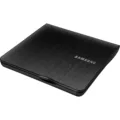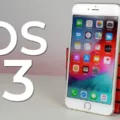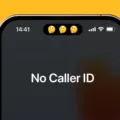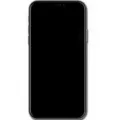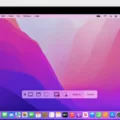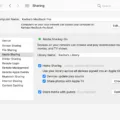In today’s digital age, our television sets are more connected than ever before. With a plethora of streaming services and online content available, it’s essential to have a stable internet connection to enjoy your favorite shows and movies. However, it’s not uncommon for users to face issues when trying to connect their TV to their personal hotspot.
There can be several reasons why your TV won’t connect to your hotspot. The first and foremost reason coud be a weak or unstable internet connection. When using a personal hotspot, the internet speed and stability can be affected by several factors, including the distance between the TV and the hotspot, the number of devices connected to the hotspot, and the strength of the cellular signal.
Another reason why your TV may not connect to your hotspot is due to compatibility issues. Not all TVs are designed to be compatible with every type of wireless network. Some older models may not support the latest Wi-Fi standards or have outdated firmware that doesn’t support personal hotspots.
Before troubleshooting the issue, it’s essential to make sure that your hotspot is turned on and that your TV is within range. You can also try restarting both your TV and hotspot to see if that resolves the issue.
If the problem persists, try disconnecting all the devices connected to your hotspot, as this can sometimes cause interference. Additionally, make sure that your wireless carrier has enabled the personal hotspot feature and that your wireless plan supports it.
For advanced users, it’s crucial to ensure that the router has MAC filtering disabled and that DHCP is enabled, or that you have the appropriate static IP settings programmed into the TV.
If your TV won’t connect to your personal hotspot, it could be due to a weak or unstable internet connection, compatibility issues, or interference from other devices. By following the troubleshooting steps mentioned above, you can identify and resolve the issue, allowing you to enjoy your favorite shows and movies seamlessly.
Connecting a Hotspot to a TV
To get your hotspot to work on your TV, you will need to follow a few simple steps:
1. Turn on your TV and navigate to the Network Settings page, which may also be called Internet Settings or Wi-Fi Settings.
2. Look for availale Wi-Fi networks and select your hotspot’s network from the list.
3. If prompted, enter the password for your hotspot to connect to the network.
4. Once your TV is connected to your hotspot, you should be able to access the internet and stream content on your TV.
5. If you encounter any issues connecting to your hotspot, make sure that your hotspot is turned on and that your TV is within range of the hotspot’s signal. You may also need to check your hotspot settings to ensure that it is configured correctly for your TV to connect to it.
In summary, to get your hotspot to work on your TV, you need to connect to the hotspot’s network, enter the password if required, and ensure that both devices are within range and configured correctly.
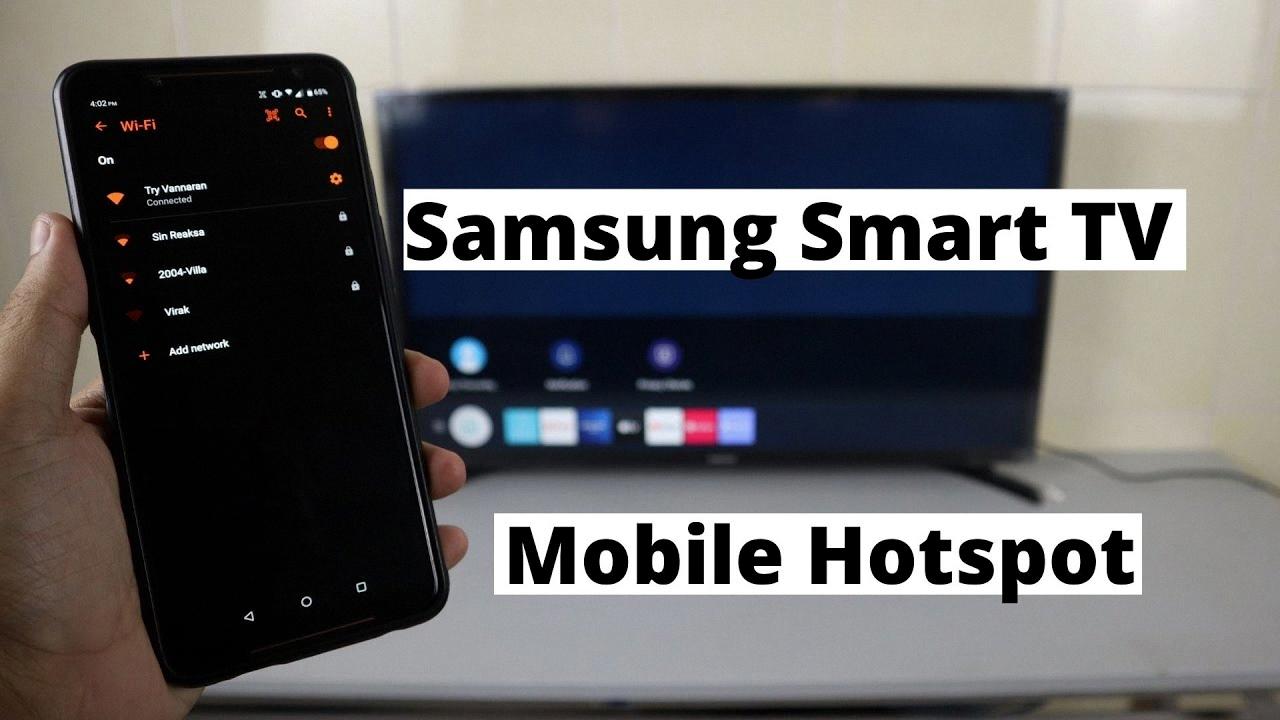
Limitations of Hotspotting an iPhone to a TV
There could be several reasons why you are unable to hotspot your iPhone to your TV. Here are some possible causes:
1. Incompatible Devices: Your TV may not be compatible with your iPhone’s hotspot feature. Check your TV’s specifications to ensure that it supports this feature.
2. Wi-Fi Connectivity: Your TV may not be connected to the same Wi-Fi network as your iPhone. Make sure that both devices are connected to the same Wi-Fi network.
3. Distance: The distance btween your iPhone and TV may be too far, causing a weak signal. Try moving your iPhone closer to your TV to see if this improves the connection.
4. Network Restrictions: Your wireless carrier may have restrictions on using your iPhone as a hotspot. Contact your wireless carrier to ensure that your plan supports this feature.
5. Outdated Software: Your iPhone or TV may have outdated software that is preventing the hotspot feature from working. Check that both devices are running the latest versions of their respective software.
To troubleshoot the issue, try restarting both your iPhone and TV, ensuring that both devices are connected to the same Wi-Fi network, and updating the software on both devices. If the issue persists, contact your wireless carrier or consult with the manufacturer of your TV for further assistance.
Troubleshooting LG TV Connection to Hotspot
There coud be several reasons why your LG TV won’t connect to your hotspot. Firstly, it’s recommended to restart both your TV and wireless router. This can often resolve connectivity issues.
For advanced users, it’s important to ensure that the router has MAC Filtering disabled. This is a security feature that restricts access to a network by only allowing devices with specific MAC addresses to connect. If this feature is enabled, it may prevent your LG TV from connecting.
Furthermore, it’s important to ensure that the router has DHCP enabled. DHCP is a networking protocol that automatically assigns IP addresses to devices on a network. If it’s not enabled, you may need to manually program the appropriate static IP settings into your TV to establish a connection.
To summarize, if your LG TV won’t connect to your hotspot, try restarting both your TV and wireless router. If the issue persists, check to ensure that MAC Filtering is disabled, DHCP is enabled, and that the appropriate IP settings are programmed into your TV. If you’re still having trouble, it’s recommended to contact LG customer support for further assistance.
Conclusion
TV technology has come a long way in recent years, offering a variety of options for consumers to choose from. With the advent of smart TVs and the ability to connect to the internet, users can now access a wide range of content from popular streaming services and even browse the web. However, to fully enjoy these features, it is important to have a stable internet connection and a reliable network. By following the steps outlined above, users can easily connect their TV to their personal hotspot and enjoy uninterrupted streaming and browsing. Additionally, advanced users sould ensure that their router settings are optimized for their TV’s connectivity needs. With a little bit of troubleshooting, users can make the most of their TV’s features and have a seamless viewing experience.

